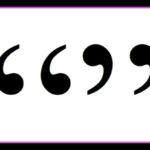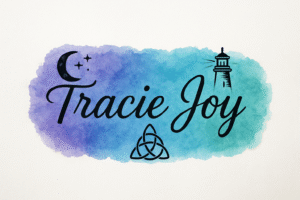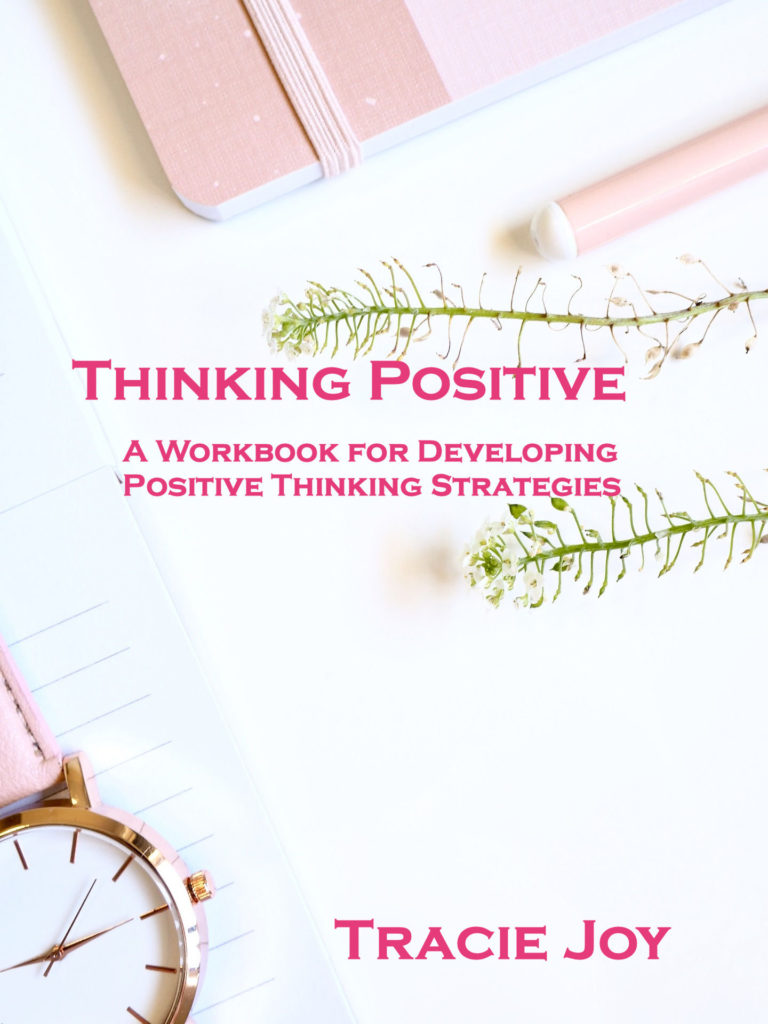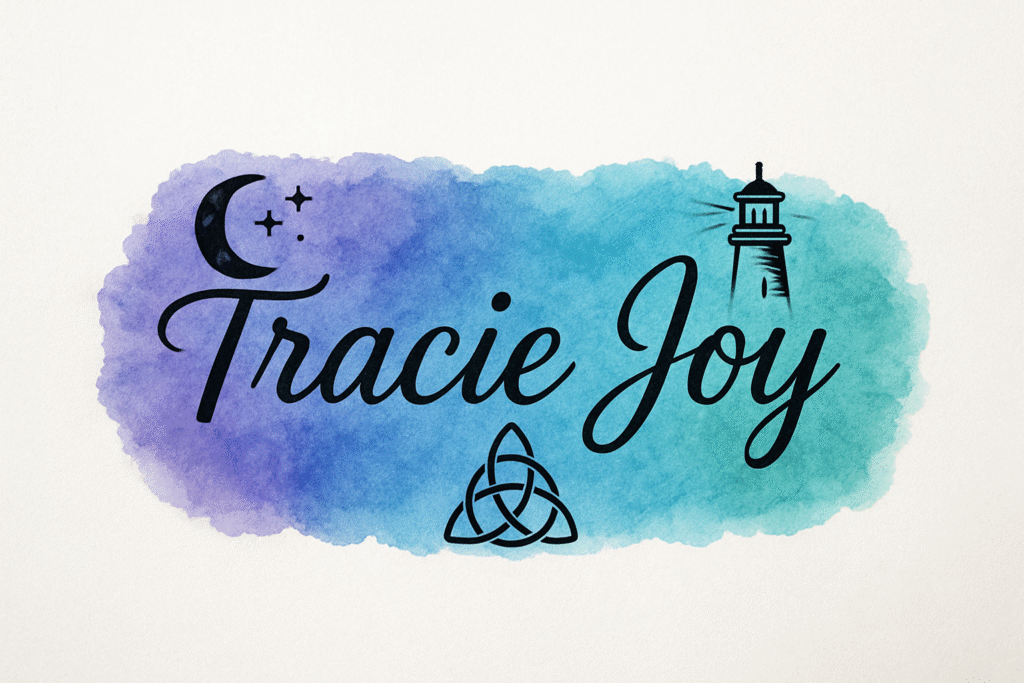7 Powerful Tips for Writing Realistic Dialogue That Sounds Natural Every Time
If you’ve ever read a story and cringed because the characters sounded like robots or cheesy TV extras, you’re not alone.  Writing realistic dialogue that sounds natural is one of the biggest challenges writers face. Dialogue should feel authentic, reflect the character’s voice, and move the story forward—all without sounding forced or unnatural.
Writing realistic dialogue that sounds natural is one of the biggest challenges writers face. Dialogue should feel authentic, reflect the character’s voice, and move the story forward—all without sounding forced or unnatural.
In this post, we’ll dive into 7 powerful tips for writing realistic dialogue that sounds natural and keeps your readers hooked.
1. Listen to Real Conversations
Want to master writing realistic dialogue? Start by being a great listener. Eavesdrop (ethically!) in coffee shops, record conversations on your phone (with permission), or watch unscripted interviews. Real people don’t speak in perfect sentences. They interrupt, trail off, use filler words like “um” and “you know,” and rely heavily on context.
Capturing the rhythm and quirks of actual speech is key to natural dialogue. The more you tune in to how people really talk, the more believable your character conversations will become.
“For more on how real conversations can inspire your writing, check out Reedsy’s guide to writing dialogue.”
2. Cut the Fluff
While real conversations include plenty of small talk, readers don’t want to slog through greetings and weather updates. Writing realistic dialogue doesn’t mean replicating everything about real speech—it means capturing its essence. Trim out the “Hi, how are you?” unless it serves a purpose.
Aim to write realistic character conversations that reveal emotion, create tension, or advance the plot. Every line should do one of those things—or be cut.
3. Give Each Character a Distinct Voice
One common mistake in writing believable dialogue is making every character sound the same. Your surfer bro  shouldn’t speak like a college professor, and your villain shouldn’t sound like your grandma (unless that’s the twist!).
shouldn’t speak like a college professor, and your villain shouldn’t sound like your grandma (unless that’s the twist!).
Think about your character’s background, education, region, and emotional state. Then reflect that in their speech patterns. When done well, readers should be able to tell who’s speaking without a dialogue tag.
4. Break Grammar Rules (Sometimes)
Real people don’t talk in grammatically perfect sentences—and your characters shouldn’t either. Fragmented sentences, run-ons, and contractions can all contribute to natural dialogue when used intentionally.
Of course, there’s a balance. Overdo it, and your writing can become hard to follow. But the occasional rule-breaking can add realism and flow.
“To learn more about breaking grammar rules effectively, see this MasterClass article featuring Aaron Sorkin.”
5. Use Subtext and Tension
Great dialogue is rarely about what’s said—it’s about what’s not said. Subtext adds layers and emotional depth. Instead of a character saying, “I’m mad at you,” they might say, “Sure. Whatever you want,” with a clipped tone and tight smile.
Learning how to write dialogue that sounds real means learning how people often express emotions indirectly. Add in silences, body language, and gestures to enrich the scene.
6. Read It Out Loud
One of the best tests for writing realistic dialogue is to read it out loud. If it feels awkward to say, it’s going to feel awkward to read. You might stumble over a too-formal phrase or realize a character’s speech doesn’t match their personality.
Better yet, ask a friend to read the lines with you. Hearing your words performed can expose any stilted or unrealistic exchanges.
7. Use Action Beats Instead of Dialogue Tags
You don’t need to say “he said” or “she asked” after every line. Too many dialogue tags can slow your pacing and annoy  your reader. Instead, replace some tags with action beats:
your reader. Instead, replace some tags with action beats:
Instead of:
“I don’t want to go,” she said.
Try:
“I don’t want to go.” She crossed her arms and stared at the floor.
This shows emotion and personality—two essential ingredients in writing believable dialogue.
Conclusion
Writing realistic dialogue that sounds natural takes time, practice, and a good ear. But by applying these seven tips—listening closely, trimming filler, embracing subtext, and more—you’ll start creating realistic character conversations that feel genuine and keep readers turning pages.
Remember, great dialogue isn’t just about what’s said—it’s about what’s felt. Start experimenting today, and let your characters really talk.
🎁 Free Resource: Dialogue Editing Checklist
Want to polish your dialogue like a pro? Download our free checklist to help you revise, cut the fluff, and make every line sparkle.
📥 Download the Dialogue Editing Checklist (PDF)



